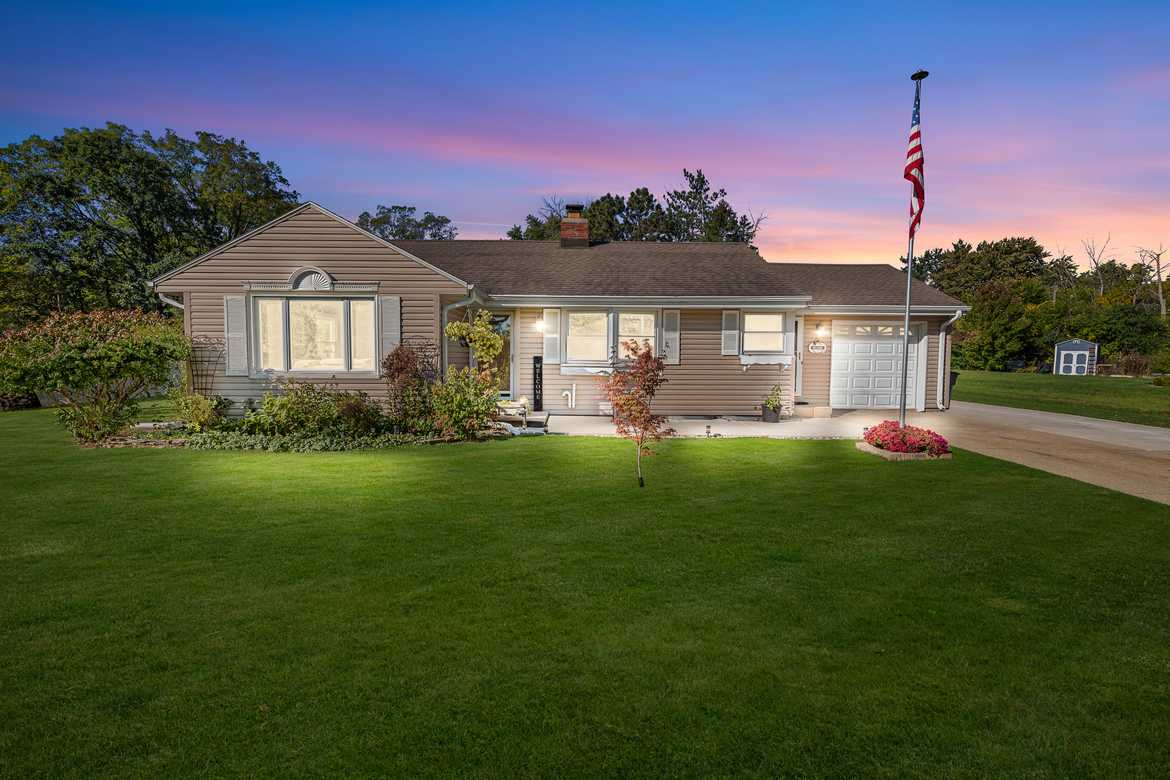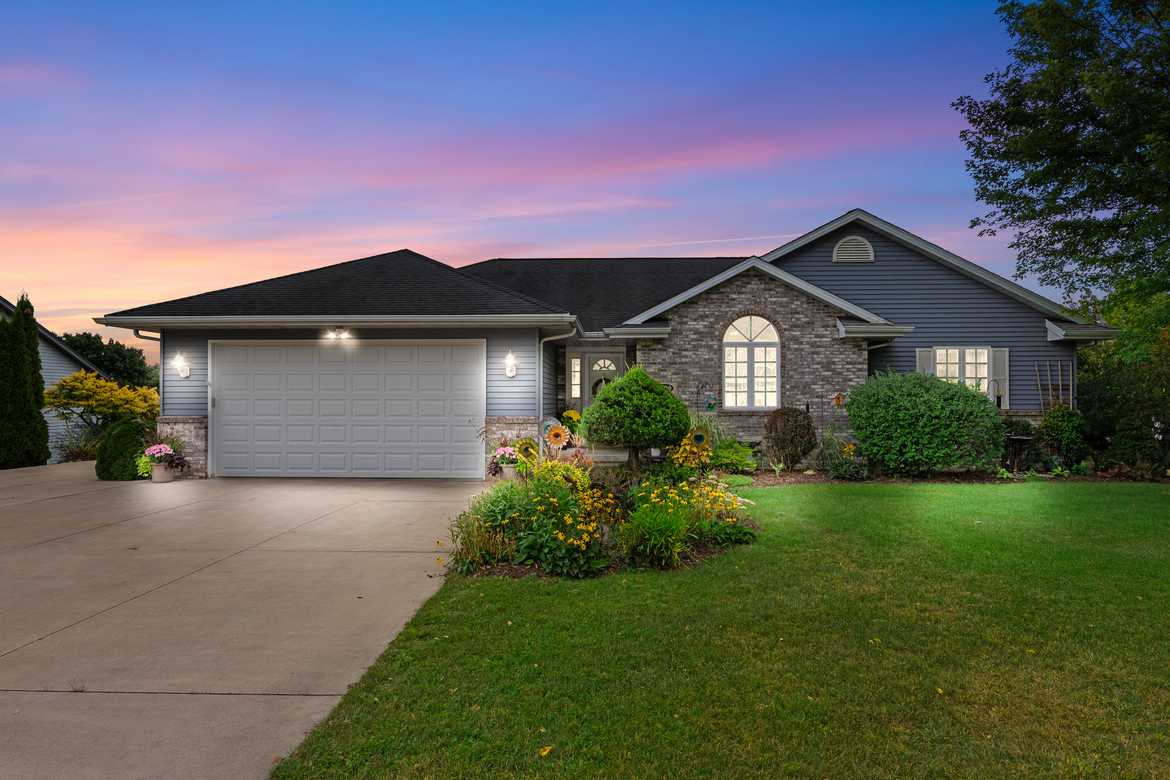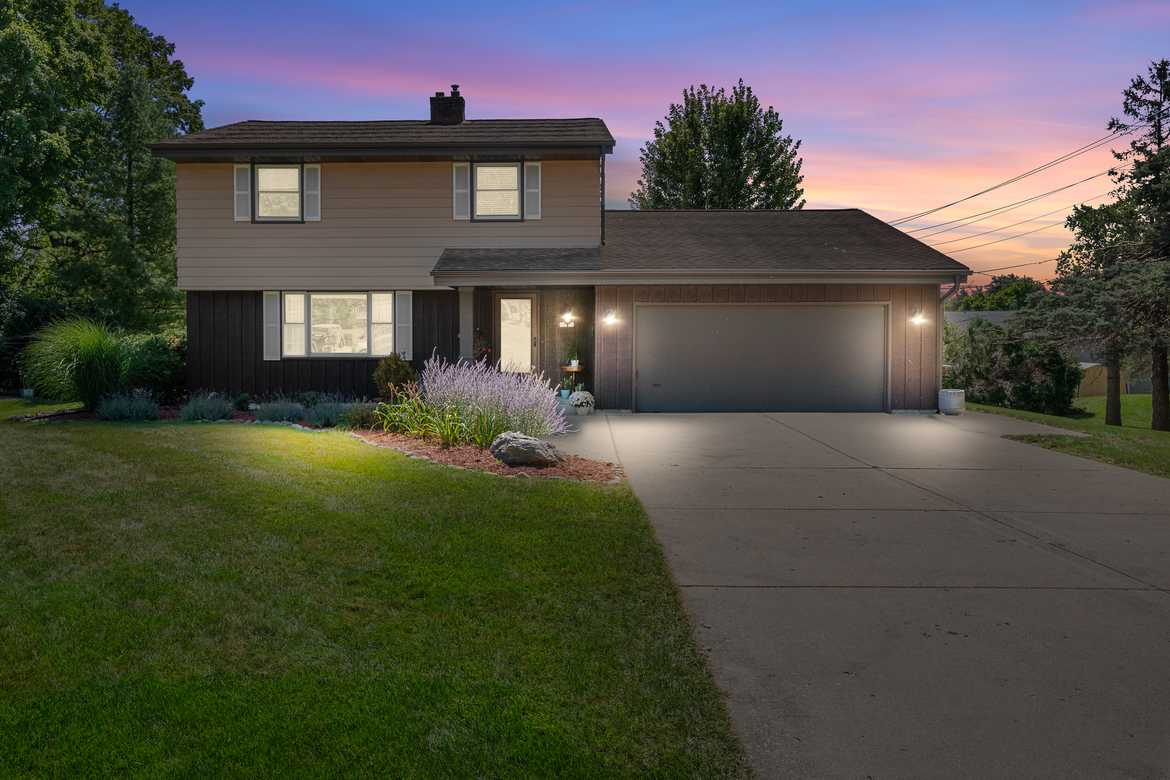The Pros and Cons of New Construction vs. Existing Homes
When buying a home, one of the most important decisions you’ll face is whether to purchase a brand-new construction home or an existing property. Both options have their advantages and disadvantages, and the right choice will depend on your personal preferences, lifestyle, and financial situation. To help you make an informed decision, here’s a comprehensive look at the pros and cons of new construction versus existing homes.
New Construction Homes
A new construction home is typically built by a developer or builder and has never been lived in. These homes are often customizable during the building process and feature the latest in modern design, energy efficiency, and technology.
Pros of New Construction Homes
1. Customization
One of the biggest advantages of buying new construction is the ability to customize your home. Many builders offer a variety of floor plans and features, allowing you to choose everything from the layout and finishes to appliances and fixtures. You can design a home that fits your exact preferences and needs.
Example: You can choose your kitchen layout, select specific flooring, and decide on the color scheme for each room.
2. Modern Design and Technology
New construction homes often feature modern design elements such as open floor plans, larger windows, and smart home technology. These homes are designed to meet the needs of today’s buyers, with features like energy-efficient appliances, LED lighting, and smart thermostats.
Example: Many new homes come with built-in home automation systems that control lighting, heating, and security from your smartphone.
3. Energy Efficiency
Newly built homes are generally more energy-efficient than older homes due to advancements in construction materials, insulation, and windows. Energy-efficient homes not only reduce your carbon footprint but can also result in significant savings on utility bills over time.
Example: New homes often come with high-efficiency heating and cooling systems, low-E windows, and better insulation, which keep energy costs lower.
4. Lower Maintenance Costs
With a brand-new home, you’re less likely to encounter maintenance issues or the need for immediate repairs. Everything from the roof to the HVAC system is new and typically covered under warranties, providing peace of mind for the first few years of homeownership.
Example: Builders usually offer a one-year warranty for the entire home and extended warranties on major systems, reducing the need for out-of-pocket repair costs.
Cons of New Construction Homes
1. Higher Costs
New construction homes generally come with a higher price tag than existing homes. Builders often pass on the cost of new materials, labor, and land to the buyer, which can result in a higher purchase price. Additionally, if you choose to customize features or upgrade finishes, the price can increase even further.
Example: Adding high-end countertops, premium appliances, or luxury flooring can add thousands of dollars to the base price of the home.
2. Longer Move-In Timeline
Building a new home takes time, often several months or more, depending on the size and complexity of the project. If you’re on a tight schedule or need to move quickly, waiting for your new home to be completed may not be practical.
Example: Construction delays caused by weather, labor shortages, or supply chain issues can push back your move-in date.
3. Less Established Neighborhoods
New construction homes are often built in developing areas or new communities, which may lack the charm and infrastructure of established neighborhoods. It may take time for schools, shops, and community services to develop in the area.
Example: You may have to deal with ongoing construction in the surrounding area, as other homes and amenities are being built.
4. Limited Landscaping
New homes usually come with minimal landscaping, which means you’ll have to invest in planting trees, shrubs, and gardens to create the kind of curb appeal and outdoor space you desire. It can take years for the landscaping to mature and for your yard to feel lush and established.
Example: A new home might come with basic grass and minimal trees, requiring you to spend additional time and money on enhancing your outdoor space.
Existing Homes
An existing home is one that has been lived in by previous owners and is already part of an established neighborhood. These homes can range from a few years old to several decades or even centuries old.
Pros of Existing Homes
1. Established Neighborhoods
Existing homes are often located in well-established neighborhoods with mature trees, developed infrastructure, and proximity to schools, shopping, and public transportation. These neighborhoods tend to have a more settled feel and are less likely to undergo significant changes or development.
Example: Established neighborhoods often have parks, community centers, and local businesses that contribute to the area’s character.
2. More Affordable
In many cases, existing homes are more affordable than new construction homes. The price per square foot of an older home may be lower, and there is often more room for negotiation with sellers, especially if the home has been on the market for a while.
Example: You may be able to negotiate a lower price, have the seller cover closing costs, or request repairs during the negotiation process.
3. Immediate Move-In
Unlike new construction homes, existing homes are ready for you to move into as soon as the transaction is complete. This is ideal for buyers who need to relocate quickly or prefer not to wait for construction to be completed.
Example: Once you close on the property, you can move in right away, which is convenient if you have a specific timeline.
4. Character and Charm
Many existing homes, especially older ones, offer unique architectural details and craftsmanship that can be hard to find in newer homes. Features such as hardwood floors, detailed woodwork, and original fixtures can add charm and character to the property.
Example: A Victorian-style home may come with original crown molding, vintage tilework, and other period-specific details that give it a distinctive feel.
Cons of Existing Homes
1. Potential Maintenance and Repairs
While older homes can offer charm, they also come with the risk of more frequent repairs and maintenance. Depending on the age of the home, you may need to replace or repair major systems like plumbing, roofing, or electrical wiring. These expenses can add up over time.
Example: An older home may require a new roof, updated plumbing, or a modernized electrical system, which could cost thousands of dollars.
2. Outdated Design
Many existing homes, especially those that haven’t been renovated in years, may have outdated floor plans, appliances, and fixtures. You might find yourself needing to renovate the kitchen or bathrooms to meet modern standards or your personal preferences.
Example: An older home might have small, closed-off rooms rather than the open-concept floor plan that many buyers prefer today.
3. Higher Energy Costs
Older homes may not be as energy-efficient as new construction homes. The insulation, windows, and heating/cooling systems in an existing home may not be up to modern standards, which can result in higher energy bills.
Example: Single-pane windows or an outdated furnace in an existing home may lead to higher heating and cooling costs compared to a new home with energy-efficient upgrades.
4. Limited Customization
When buying an existing home, what you see is what you get. While you can make changes over time, you’re limited by the home’s existing layout and structure, which may not be as customizable as a new construction home.
Example: If you want to add an additional bathroom or change the layout of the kitchen, it could involve extensive and costly renovations.
Deciding between a new construction home and an existing home ultimately depends on your preferences, timeline, and budget. New construction homes offer the advantages of customization, modern amenities, and energy efficiency but come with a higher price tag and longer waiting period. On the other hand, existing homes often provide more affordability, established neighborhoods, and unique charm, but they may require more maintenance and renovations.
Whether you’re drawn to the idea of a brand-new home built to your specifications or a charming older home in a well-established community, working with an experienced real estate agent can help you navigate the pros and cons of each option. At Resilient Realty LLC, we’re here to guide you through every step of the home-buying process and help you find the perfect home for your needs.





